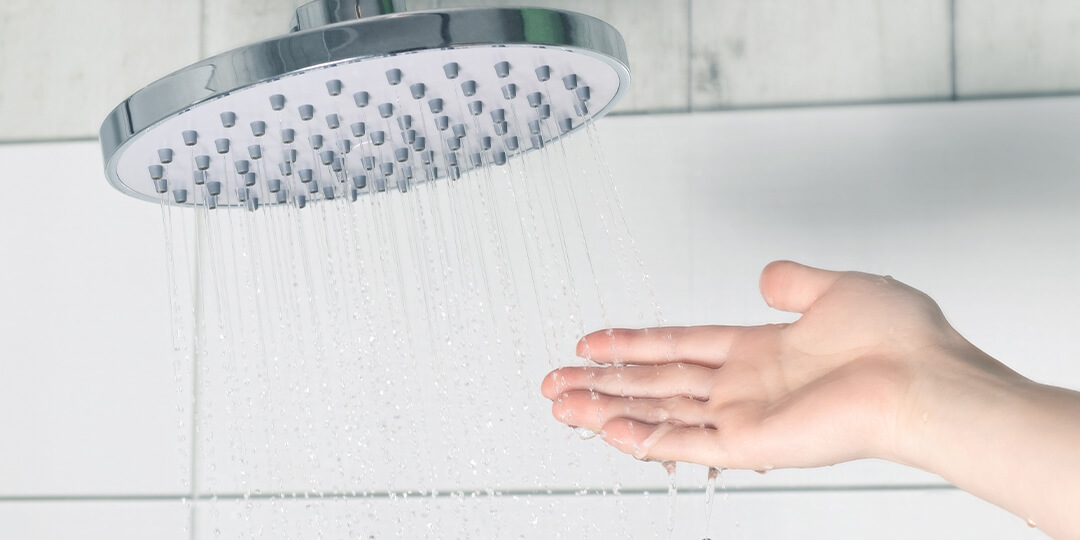
Are you dealing with lukewarm (or no) hot water in your home? If so, it’s time to get your trusty plumbing toolbox out and try a few DIY checks.
Before calling an expert like this London plumber for help, balancing the temperature valve or airing out a blocked pressure relief valve could save you money and restore that luxurious feeling of warm comfort when you next turn on the tap.
Let’s take an in-depth look at how to identify where the problem lies and what steps to take if there is no hot water coming from your taps.
If you find yourself in a situation where there is no hot water coming from your boiler, there could be a few possible causes. To make sure that these issues are rectified quickly, here are nine checks to carry out:
1. Check the Pilot Light
The pilot light provides the spark that is needed for the burner to ignite and produce heat. If it has gone out, relight it according to the manufacturer’s instructions and see if this solves the problem.
2. Check Thermostat Settings
The thermostat controls how much heat is produced by regulating how long the gas supply stays on. Ensure that they are set correctly as incorrect settings may cause only lukewarm water to come out instead of hot water.
3. Check For Blockages In The Pipes
If steam or hot water pipes have become clogged with built-up limescale, this will prevent proper circulation of hot water throughout your house and lead to a lack of hot water supply.
4. Check Boiler Pressure Levels
If there isn’t enough pressure inside your boiler then it won’t be able to generate any heat. Check on the pressure gauge and refill if necessary to get your hot water running again!
5. Inspect Expansion Vessels & Pressure Valves
Pressure valves play an important role in controlling pressure levels inside boilers. If yours are cracked or blocked with debris then it’s likely causing your lack of hot water so inspect them first before proceeding further! Expansion vessels also help regulate pressures – inspect them for any signs of failure or leakage that might be preventing hot water from coming through!
6. Test Electrical Connections
Boiler systems rely heavily on electrical components in order to work properly, so be sure to check all wiring and connections between pumps, valves and other parts should be inspected for any faults or loose wires – repair/replace accordingly if anything needs doing!
7. Turn On/Off The Isolation Valve
If none of these steps have worked so far then try turning off/on the isolation valve in order for any air trapped within the system can escape free – this will also help restore full operation level after dealing with any other underlying issues too!.
8. Test Gas Supply & Ignition Area
If everything else seems fine but still no luck then it’s worth testing around both gas supply lines and ignition areas just in case either one is having difficulty providing enough power needed for proper operation – contact an engineer who can advise further if needed!
9. Check Radiators For Blockages
If your radiators aren’t heating up as they should be then it’s possible that there may be a blockage inside the pipes or radiator itself. Check for any signs of blockage and call out an engineer if needed to assess further and resolve any issues.
10.Check Ignition Area Components
Ignition area components such as gas valves, pilot lights etc all need to function correctly in order for any heat to be generated by the boiler so test each one individually and replace/repair if needed!
11. Check Boiler Pumps & Motors
The pumps and motors inside boilers are responsible for circulating hot water around the system; inspect them regularly for correct operation as worn out/failed parts can cause no hot water coming through too!
12.Regular Maintenance & Servicing
Finally, remember that regular maintenance (at least once per year) is essential for any boiler to remain in optimal condition. This includes checking all working parts, inspecting flue pipes, testing safety devices etc. So, make sure you keep up with this so that no problems arise unexpectedly down the line!
The Takeaway
Having no hot water will be sure to put a damper on your day, but the good news is that it can usually be fixed relatively easily. Taking some simple checks around the house may help identify what is causing the lack of hot water and allow you to get it running again quickly. If these checks don’t seem to lead anywhere, then seeking out a professional to help can ensure that your issue is resolved in no time.
David Harrison
Related posts
Stay connected
Today's pick
- Safety Essentials Every CNC Operator Should Follow DailyCNC machining demands precision, consistency, and discipline—but above all, it requires strict attention to safety. Whether you’re working with mills, lathes, routers, or grinders, every machine has the potential to cause serious injury if mishandled. That’s why CNC operators must follow safety protocols daily, no... The post Safety Essentials Every CNC Operator Should Follow Daily […]
